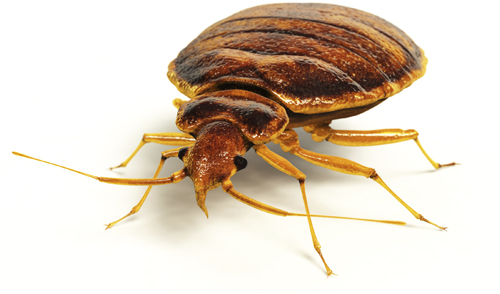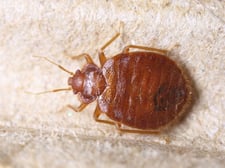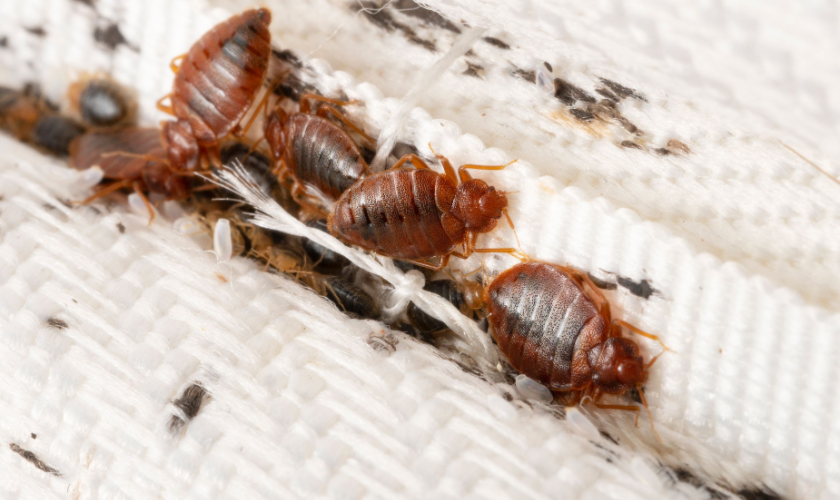Types of Bug Control: Which Approach Is Right for Your Infestation?
When faced with a pest problem, the option of a proper method for pest control is crucial in properly handling the situation. By exploring the numerous types of pest control approaches offered, individuals can make enlightened decisions tailored to their one-of-a-kind scenarios, guaranteeing an extra reliable and sustainable end result in insect obliteration.
Chemical Pest Control
Chemical bug control entails the usage of synthetic or naturally acquired chemicals to manage and get rid of pest populations effectively. This technique is typically made use of in agriculture, forestry, and household settings to battle a large range of insects, consisting of rats, insects, and weeds. Using chemical pesticides can provide fast and targeted solutions to pest invasions, making it a preferred choice for lots of people and companies.
Among the vital advantages of chemical bug control is its capacity to swiftly get rid of parasites, reducing the threat of damage to crops, property, and human health and wellness. By utilizing specific chemicals that target particular bugs, this approach can effectively control invasions while lessening injury to advantageous organisms and the atmosphere when used appropriately.
Nonetheless, making use of chemical pest control likewise raises concerns about potential unfavorable impacts on non-target types, water resources, and human health and wellness. It is critical to adhere to safety and security standards, use chemicals sensibly, and take into consideration alternative pest control methods to minimize these risks and ensure sustainable pest monitoring techniques.
Organic Parasite Control
Organic bug control, likewise referred to as biocontrol, uses living organisms to manage and reduce insect populations naturally. This technique takes advantage of the power of nature to manage pests without the requirement for artificial chemicals. Biocontrol can involve the intro of all-natural adversaries of the insect types, such as killers, microorganisms, or parasites, to subdue insect populations. By making use of the bug's natural killers or microorganisms, organic bug control provides a environmentally pleasant and sustainable option to pest management.

Mechanical Pest Control
Utilizing manual and physical methods to manage pest populaces, mechanical parasite control supplies a different strategy that does not rely upon making use of living microorganisms or artificial chemicals. This technique involves using obstacles, catches, or various other gadgets to physically deter or eliminate parasites. By obstructing bug entrance points or establishing up catches to catch them, mechanical pest control can effectively decrease infestations without presenting chemicals right into the atmosphere.
One common instance of mechanical bug control is the use of mesh screens on doors and windows to stop insects from getting in buildings. This simple yet reliable technique serves as a physical obstacle, keeping pests out while enabling appropriate ventilation. In addition, devices like mousetraps, fly swatters, and ultrasonic repellents drop under the mechanical bug control category.
While mechanical parasite control techniques can be labor-intensive and call for routine monitoring and upkeep, they provide a environmentally pleasant and sustainable remedy for handling parasite invasions. By incorporating different mechanical strategies, residential property owners can produce a comprehensive bug control strategy that lessens dependence on chemical pesticides.
Physical Insect Control

Some common physical pest control methods include the usage of obstacles such as nets or screens to prevent pest access, catches to catch and remove pests, and hand-picking to literally get rid of bugs from plants or structures. Additionally, techniques like warmth therapies can be utilized to control parasites like bed pests by increasing the temperature to degrees that are deadly to the insects.
Physical pest control is specifically beneficial in integrated pest monitoring (IPM) methods, where multiple parasite control techniques are combined for reliable bug management while decreasing making use of chemicals. By utilizing physical parasite control methods, individuals look what i found can successfully deal with pest invasions with minimal ecological impact.
Integrated Parasite Administration
When applying physical bug control methods as part of pest administration strategies, Integrated Bug Administration (IPM) emerges as a thorough technique that leverages different techniques to successfully regulate pest populations. IPM concentrates on long-term prevention of parasites with a mix of organic, cultural, physical, and chemical devices customized to particular parasite issues. By integrating numerous control tactics, IPM aims to decrease the risks connected with parasites while also decreasing dependence on chemical solutions.
One key element of IPM is the focus on surveillance and evaluating pest populations to establish one of the most appropriate control techniques. This positive method permits for very early intervention and targeted techniques, causing more efficient insect administration. Furthermore, IPM advertises eco-friendly practices by prioritizing non-chemical control methods and only utilizing pesticides as a last resort.
Verdict

By making use of the insect's all-natural killers or pathogens, biological bug control offers a ecologically pleasant and lasting remedy to pest management. - Kings exterminator cincinnati
Using hand-operated and physical methods to manage insect populations, mechanical bug control uses a different strategy that does not depend on the usage of living microorganisms or artificial chemicals.A reliable strategy to taking care of pest populations without relying on chemical or biological methods involves the use of physical pest control techniques.When implementing physical pest control methods as part of pest management strategies, Integrated Pest Management (IPM) arises as a thorough strategy that leverages numerous strategies to successfully manage pest populations. Chemical insect control involves the usage of chemicals, organic insect control utilizes all-natural killers, mechanical bug control includes physical barriers, physical parasite control consists of trapping or getting rid of pests, and incorporated bug administration integrates multiple approaches for an all natural technique to pest control.